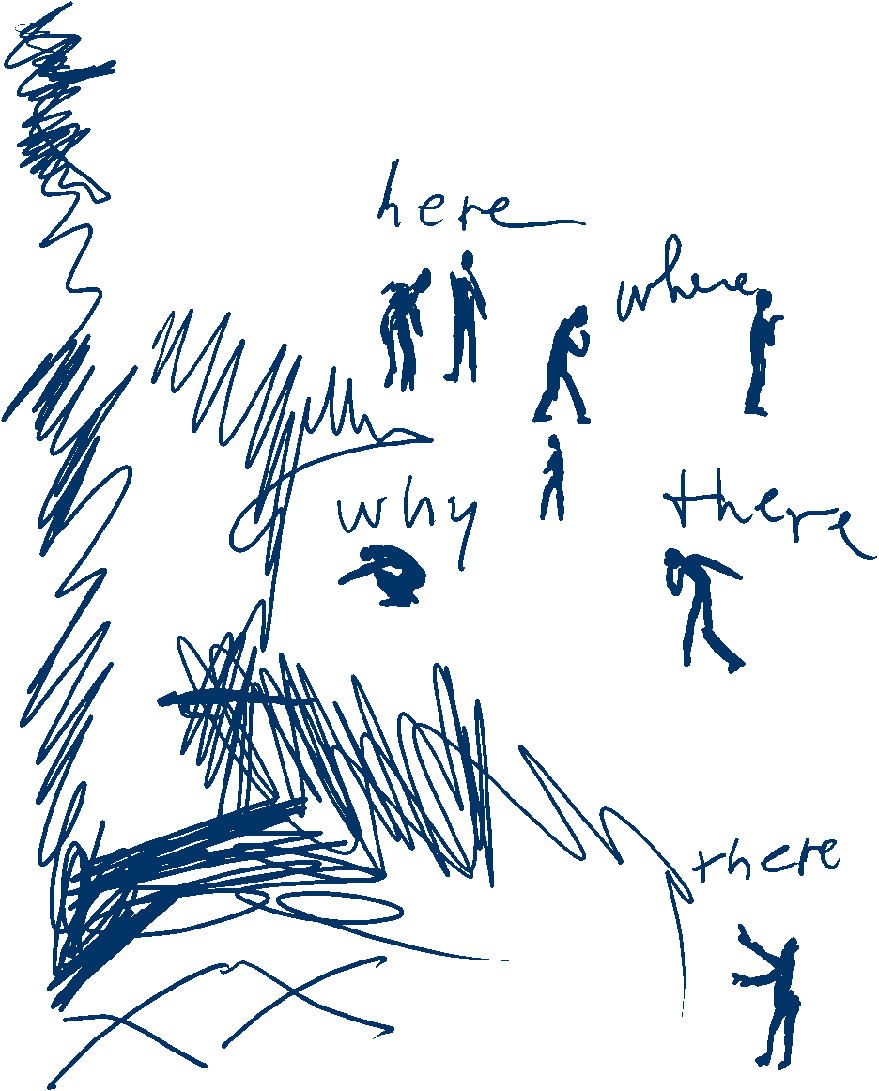
One year without Roe
How the frenzy of legal actions shifted the landscape of access to abortion
One year ago, the Supreme Court issued its ruling in Dobbs v. Jackson Women’s Health Clinic, eliminating the constitutional right to abortion nationwide.
What ensued was a deluge of bills, initiatives, court cases and other legal actions — both for and against abortion — in almost every state nationwide. In clinical settings, some patients and providers were left with confusion about what it meant for them.
On the day of the Dobbs decision, the change was swift in some states. Abortion was immediately banned in nine states and unavailable in at least three others, due to uncertainty over the enforceability of some centuries-old abortion bans.
A snapshot of the change by September of last year shows progress for anti-abortion activists in pushing bans forward. But mostly uninterrupted access in states like Kansas and Michigan shows victories for pro-abortion groups playing defense, both in court battles and at the ballot box in the midterm elections.
Today’s map shows a country where abortion access is concentrated to the Northeast and West, where just one state, Idaho, has banned the procedure. People in much of the Southeast and parts of the Midwest have especially lost access.
Half of the 15 southern states and DC have banned or severely restricted abortion since Roe was overturned, according to a CNN analysis of data from the Guttmacher Institute, a research and policy organization focused on sexual and reproductive health that supports abortion rights, and KFF, a health policy nonprofit.
“It’s still in flux, and I think that a year from now this map will look very different yet again,” said Alina Salganicoff, a senior vice president and director of women’s health policy at KFF.
- Abortion remains legal
- Legal with gestational limit of 20 weeks or less
- Banned or severely restricted
The day after the draft ruling was leaked
Three states have limited access to abortion with a gestational limit of 20 weeks or less. In the remaining 47 states and DC, it is legal.
Weeks before the Dobbs ruling was officially handed down, just three states had restricted access to abortion at a certain gestational stage.
As of May 3, two states — Texas and Oklahoma — had restricted abortions to a gestational age of six weeks, before most people even realize they’re pregnant. Texas’ law took effect in September 2021 after the US Supreme Court declined to hear a case challenging it, allowing it to stand. Oklahoma introduced a similar measure in early May, following it up with an even more restrictive ban. Mississippi’s 20-week ban had been in place since 2014.
Dobbs decision comes down
The US Supreme Court hands down its decision in Dobbs vs. Jackson Womens’ health. Abortion is banned in nine states and unavailable in three others. One state – Mississippi – had a gestational limit of 20 weeks or less, but its trigger ban was soon to go into effect.
When Roe was overturned in June, some states swiftly imposed bans. Some – like Louisiana and South Dakota – had so-called “trigger” laws that were designed to go into effect when Roe was overturned. Others – like Wisconsin and Arizona – had pre-Roe abortion bans still on the books. Some – like Oklahoma – had both.
“Dobbs did not settle legal questions, it simply created new ones,” said Kelly Baden, the vice president for public policy at the Guttmacher Institute.
Clayton Alfonso, an assistant professor and practicing obstetrician/gynecologist at Duke Health in North Carolina, told CNN the ruling caused confusion and fear among his patients. Many thought abortion had been banned outright in all 50 states.
Other patients sought contraceptives, replacements of unexpired IUDs and even sterilization. Alfonso said he has performed more sterilizations in the last year than he had in his last decade of practice.
Three months after Dobbs
Abortion is banned or unavailable in 15 states and limited to a gestational limit of 20 weeks or less in four more states.
Legal challenges rolled in in the months after the decision. Louisiana’s trigger law was blocked from taking effect by the courts three different times before taking effect at the end of the month. North Dakota’s remained in limbo for months as its sole provider left the state, rendering abortion inaccessible there regardless of its legal status.
Even in states where support for abortion bans was high, there were still changes to laws. A modification to West Virginia’s ban, for example, ensured that if one part of the law was struck down by a court challenge, the rest would remain intact, said Ingrid Duran, state policy director for the anti-abortion activist group, the National Right to Life Committee.
Elsewhere, it was a matter of “cleaning up” or “clarifying” the newly effective bans, Duran said. For example, Tennessee introduced new exceptions to its bans as recently as April. Republican lawmakers in Utah and Wisconsin also wrote legislation to clarify exceptions to their bans.
One week after midterm elections
Abortion is banned or unavailable in 14 states and limited to a gestational limit of 20 weeks or less in four more states.
In August, Kansas primary voters offered an early sign of what was to come at the ballot box in the November midterms, overwhelmingly rejecting an amendment to restrict abortion. The Kansas primary saw turnout exceeding any other primary election in more than a decade.
Turnout in the November midterm elections sent a strong message in support of abortion: Voters in three states without bans elected to protect abortion, while voters in Kentucky voted against further restricting the procedure. Voters in Montana rejected a proposal that would have held some abortion providers criminally liable.
Midterm voters in some states also elected more politicians supportive of abortion rights. In Michigan, voters enshrined the right to abortion in their state constitution and also flipped both chambers of their state legislature, placing the state government entirely in control of Democrats for the first time since 1984. The state legislature went on to repeal the state’s 1931 abortion ban in April.
One year without Roe
Abortion is banned or unavailable in 14 states and limited to a gestational limit of 20 weeks or less in six more states.
The main constant in access to reproductive health care in the last year is the volatility, Salganicoff told CNN.
Courts continue to litigate bans in states that have enacted them, like in South Carolina. Earlier this month, an Iowa court deadlocked over its six-week abortion ban, preventing it from taking effect.
Recent changes in North Carolina, as well as a more restrictive ban passed in Florida — which could go into effect pending a state supreme court decision on its 15-week ban — mean that even broader swaths of the country will be without abortion access.
“Any state’s abortion policy extends now well beyond the borders of that state,” Baden said. “The impact of for example North Carolina’s 12-week abortion ban is much greater than it almost seems on paper.”
In North Carolina, the confusion that started with Dobbs persists, and there is even more fear around what is to come.
Alfonso told CNN he is waiting for the new reality that awaits him and other providers when North Carolina’s new ban starts on July 1. On the day he spoke to CNN, he said that a nurse came to him confused about whether or not she could prescribe mifepristone for a miscarriage. The Supreme Court has protected access to the drug while the appeals are litigated.
“It’s been incredibly challenging to have to jump through all of these crazy hoops,” Alfonso said. “What world is this, where you wake up all of the sudden one day, and something could be totally different than the care you’ve been providing for the last decade?”



